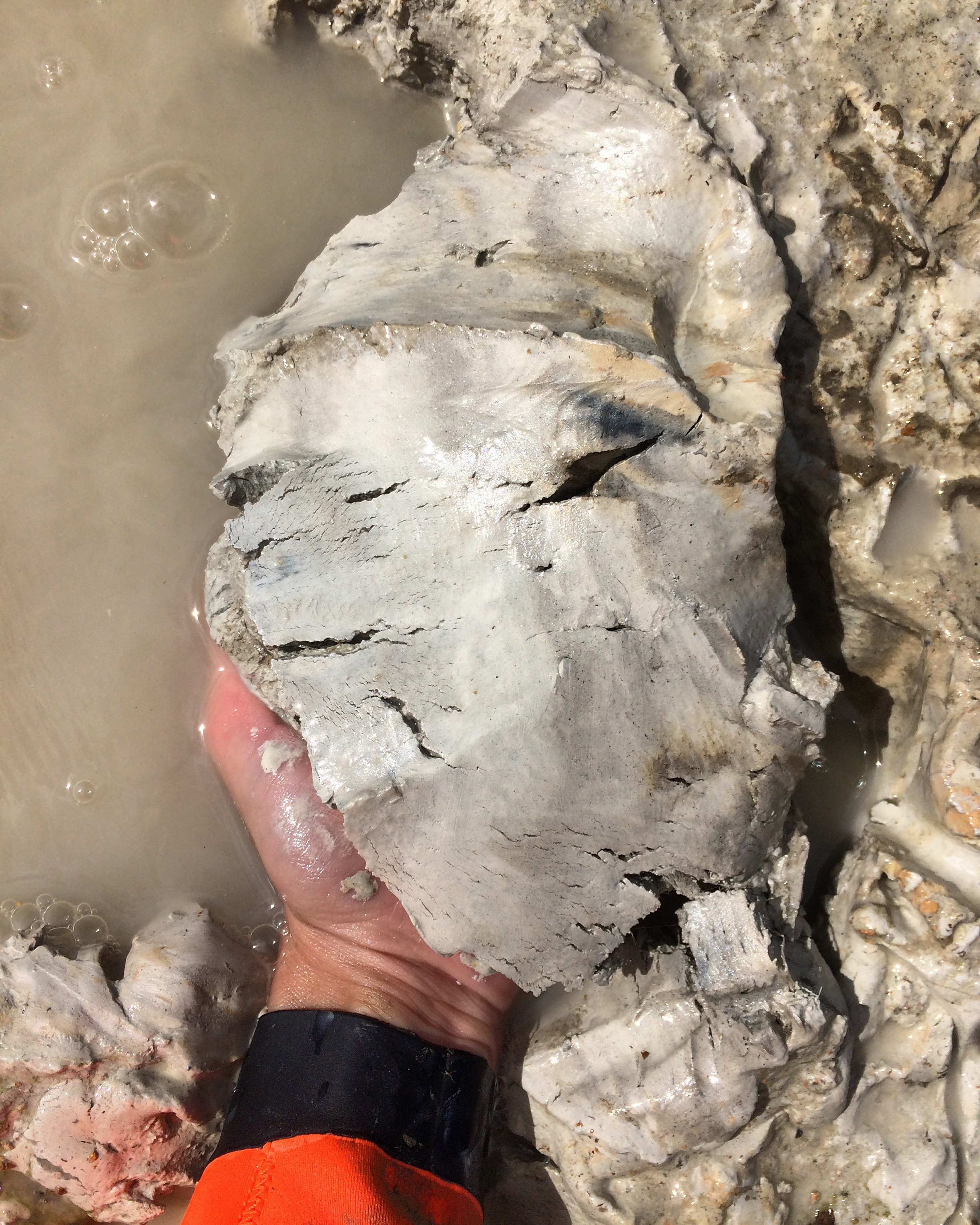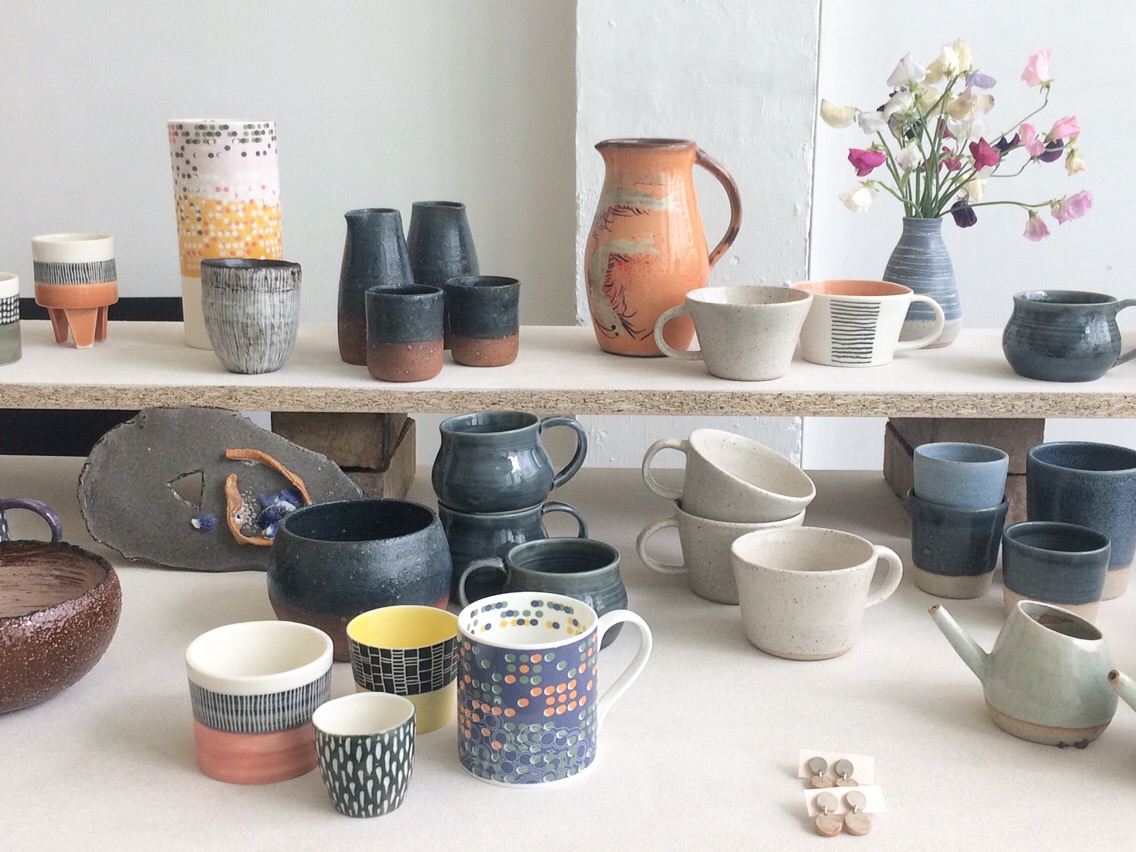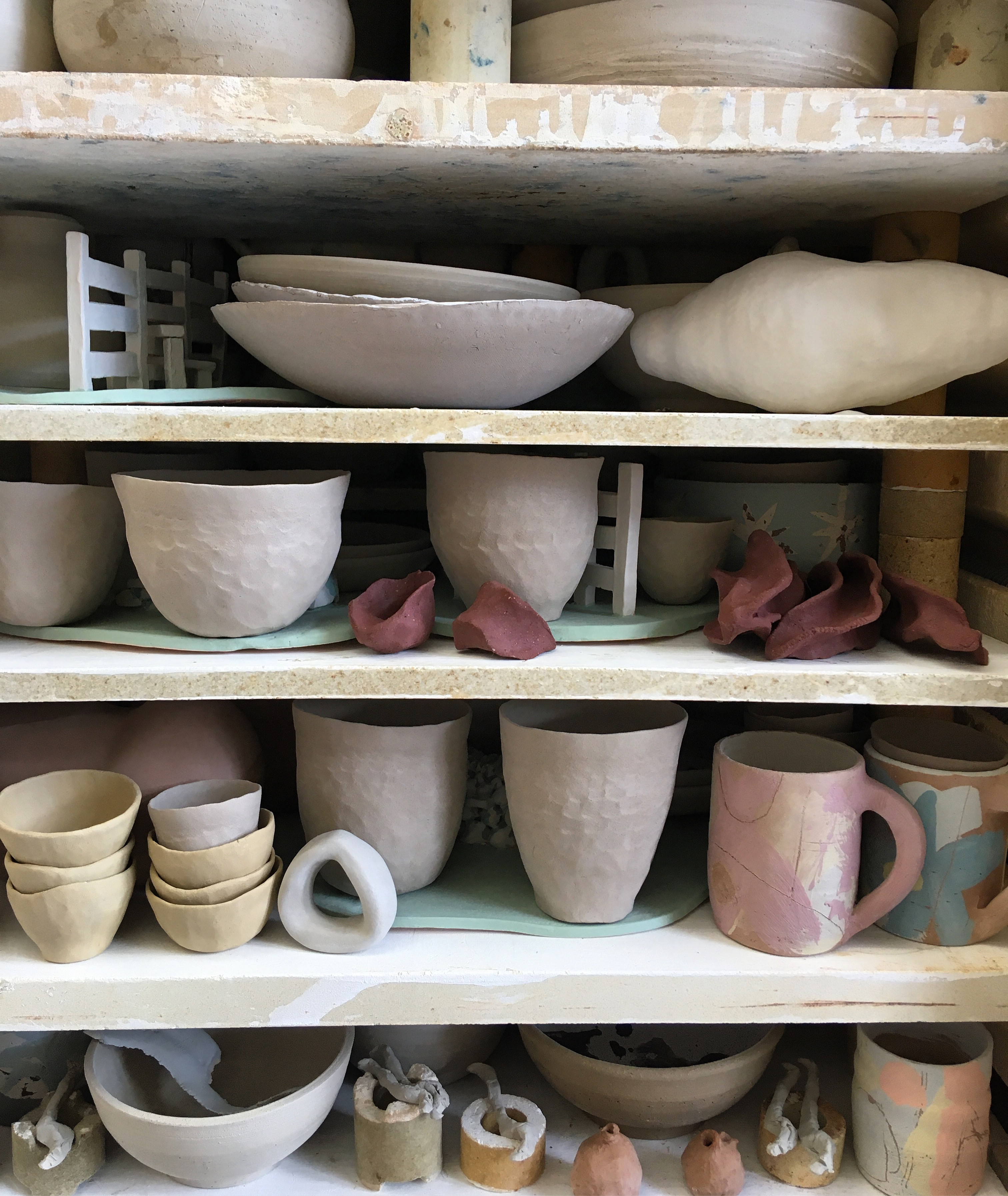BRICKFIELD
2018 - ongoingBrickfield is an experimental participatory brickworks set in a disused china clay quarry near St Austell, Cornwall. Brickfield explores how the heritage of Cornish brick making can generate contemporary approaches to the material. Our aim is to use the process of collective brickmaking as a tool for creating new connections, with each other, with materials and with the local landscape.
In 2020 we received funding from The Heritage Lottery, with which we worked closely with John Osborne, the last man to fire the last working beehive kiln in Cornwall. Together we built a mini-beehive kiln and commissioned a film, a series of photographs and a publication. You can access a free pdf of the publication via the link below.
THE BRICKFIELD GUIDE TO CORNISH BRICKMAKING
BRICKFIELD BRICK COLLECTION
The photos used in the publication and of the brick collection were taken by Oliver Udy.
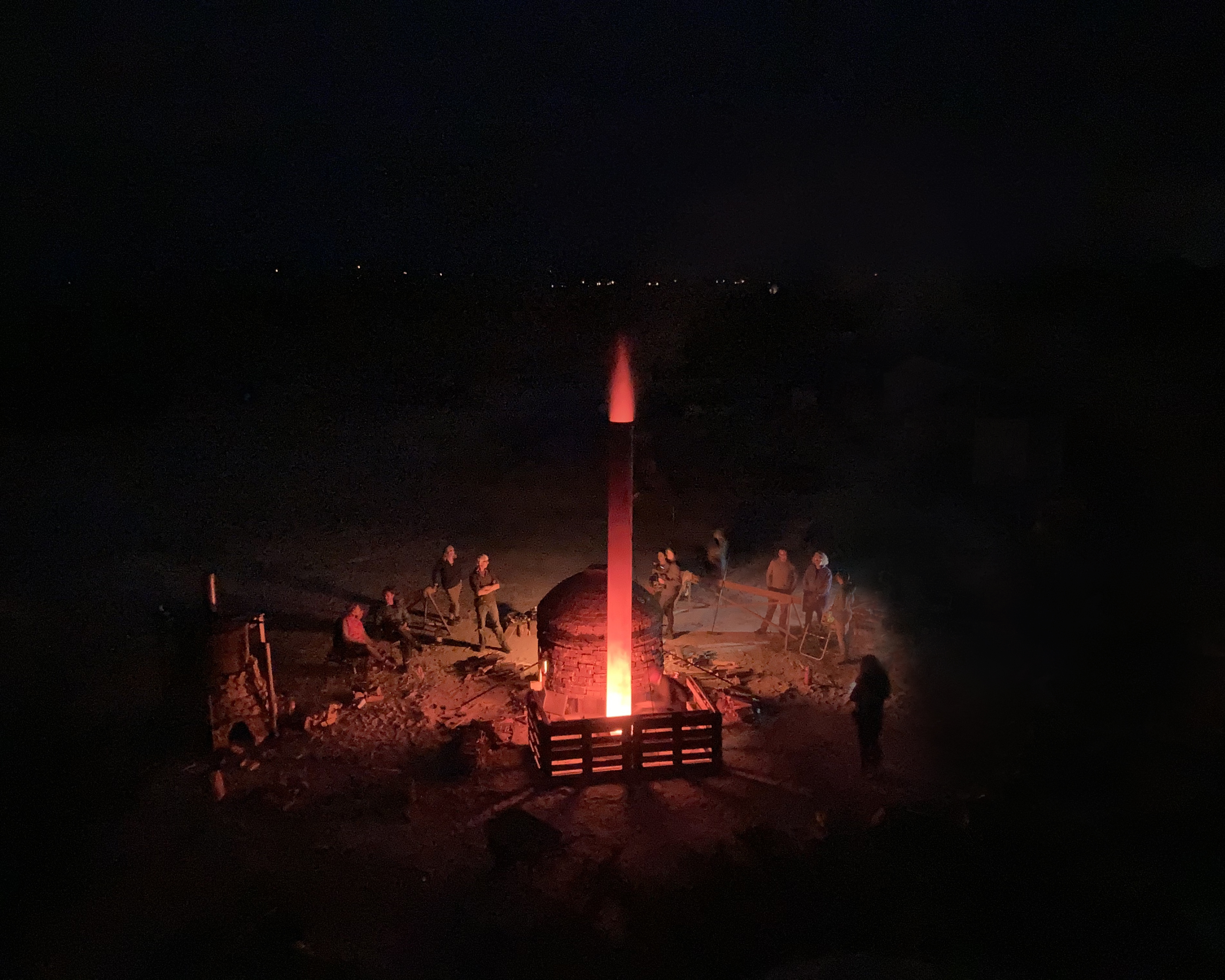 Photo credit: Oliver Udy
Photo credit: Oliver Udy Photo credit: James Darling
Photo credit: James Darling
Photo credit: Oliver Udy

Photo credit: James Darling
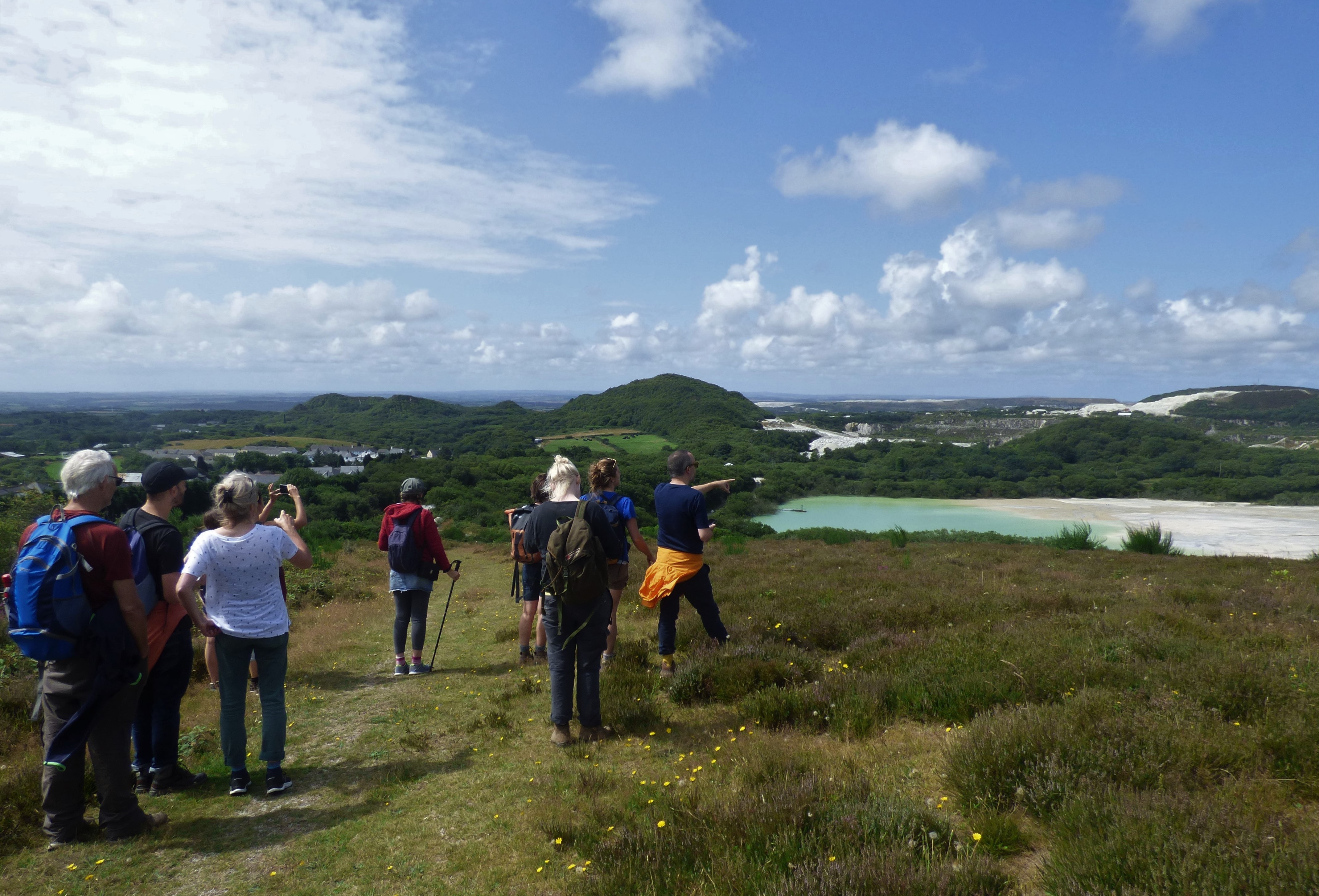
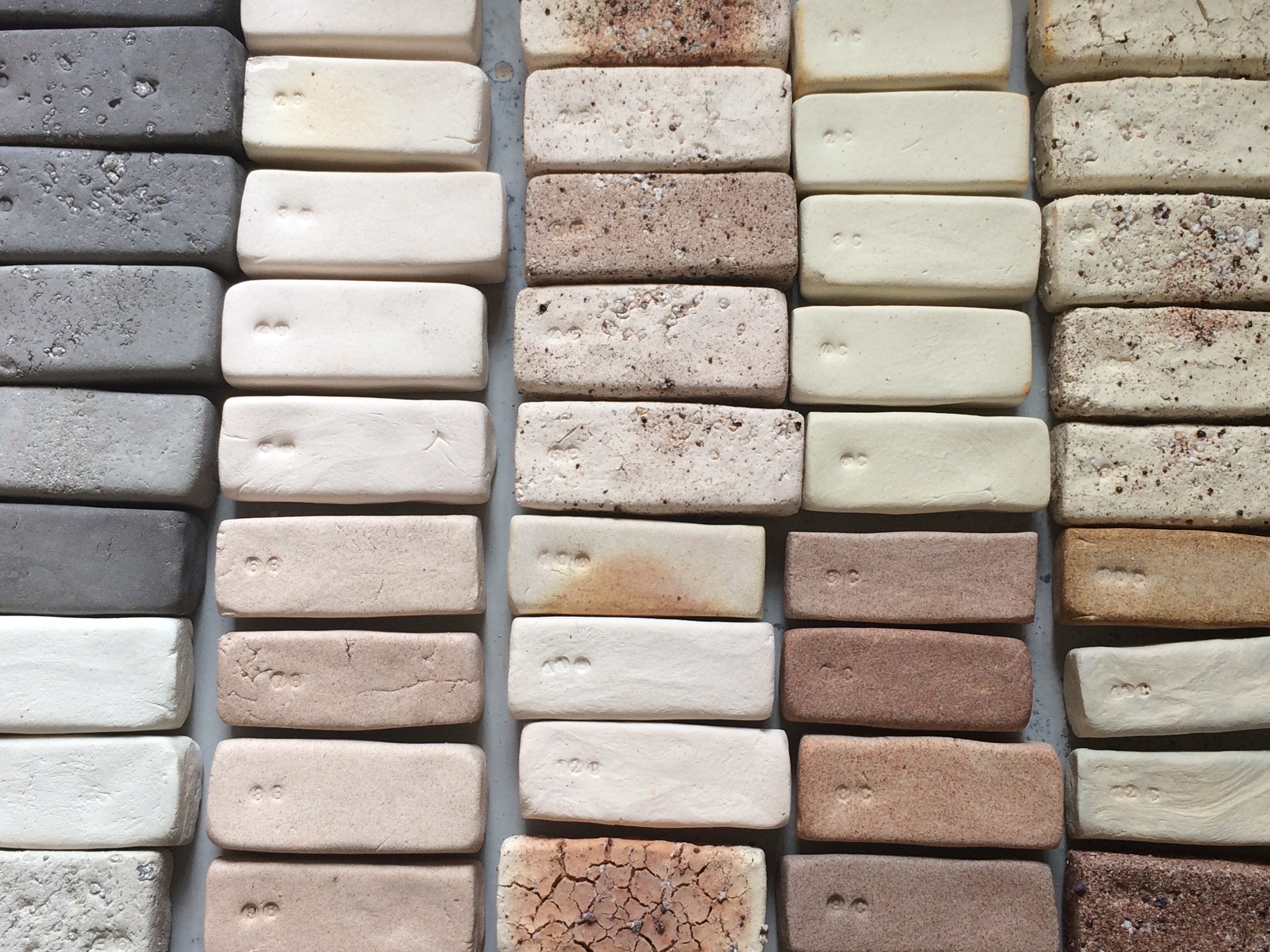
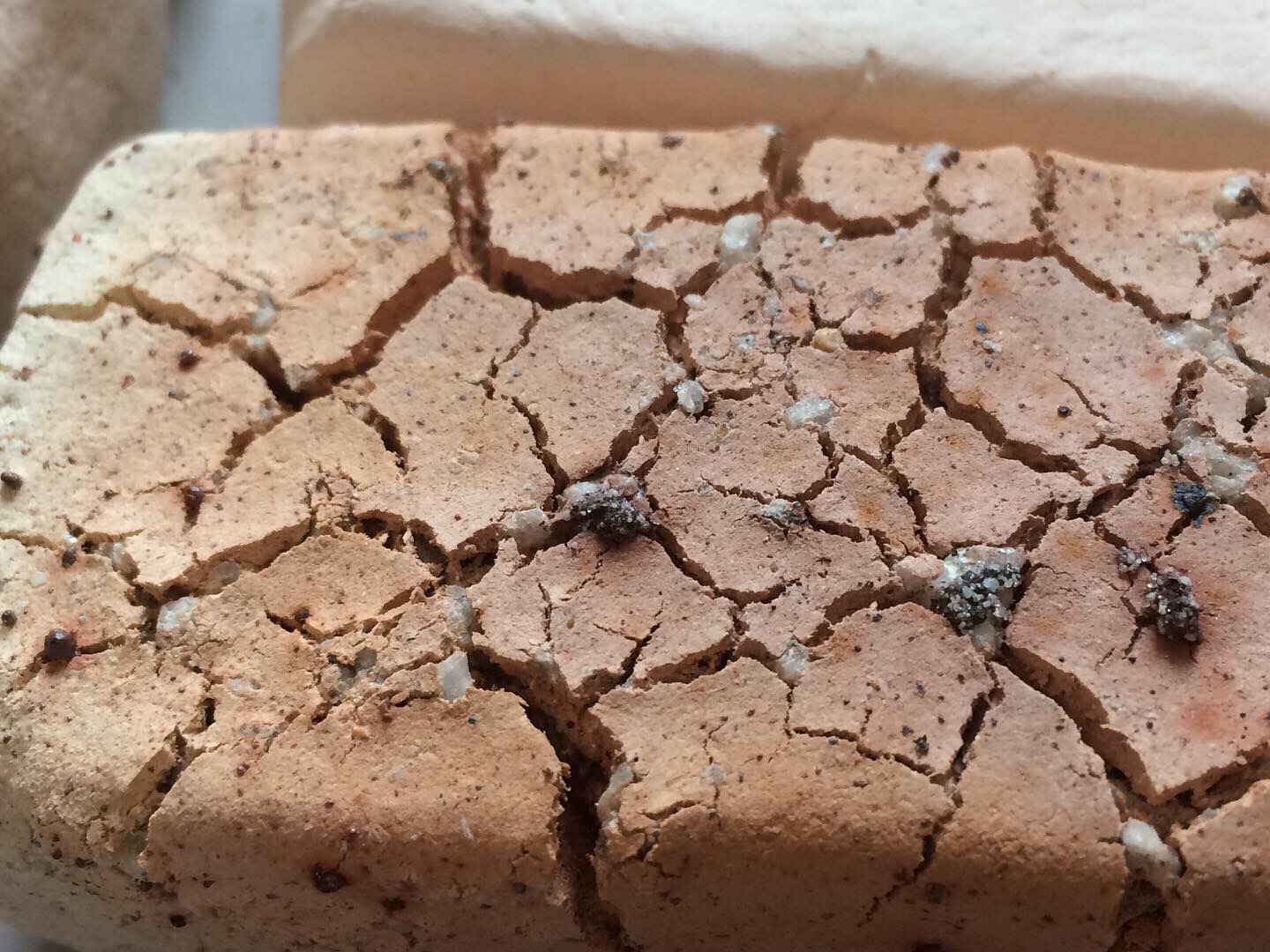
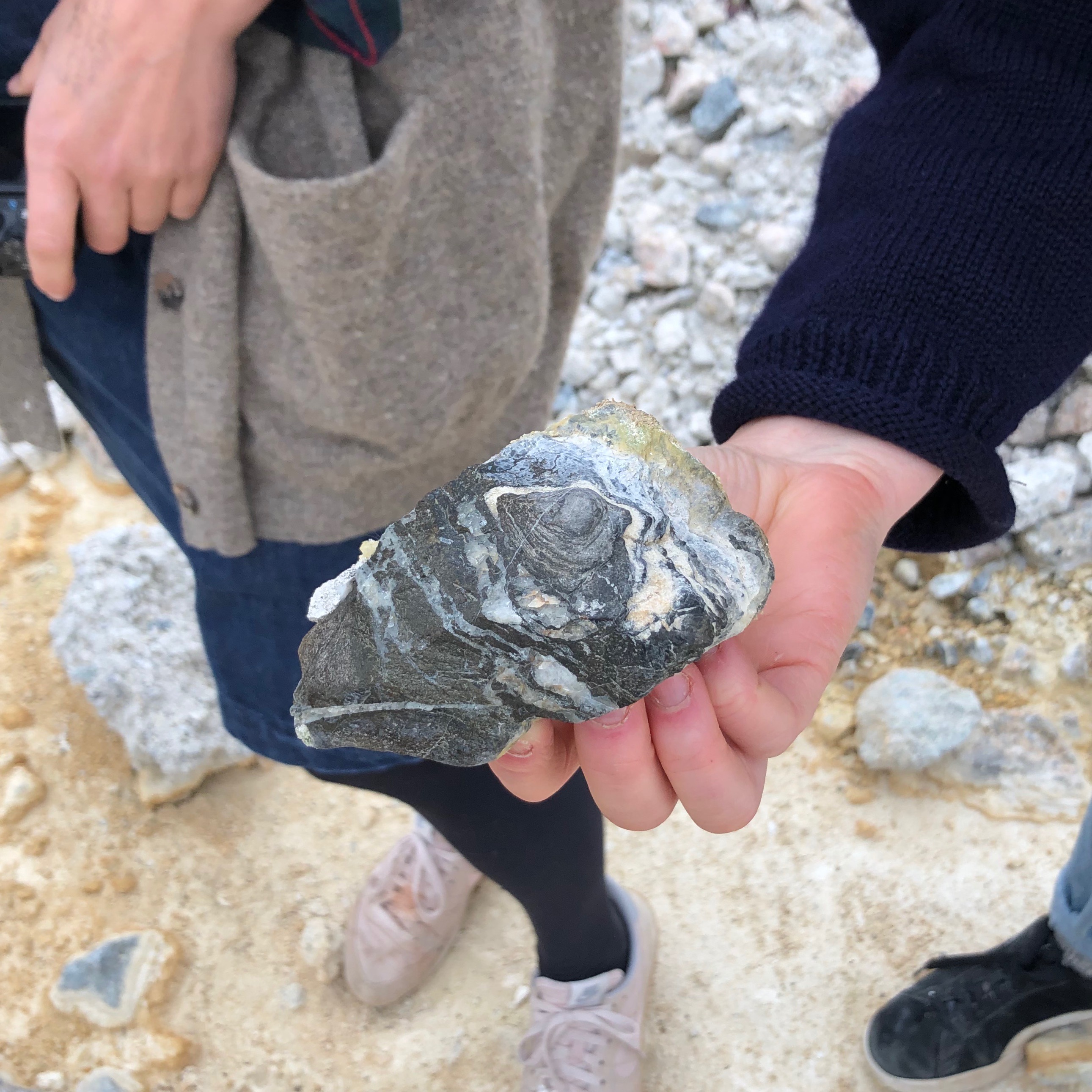
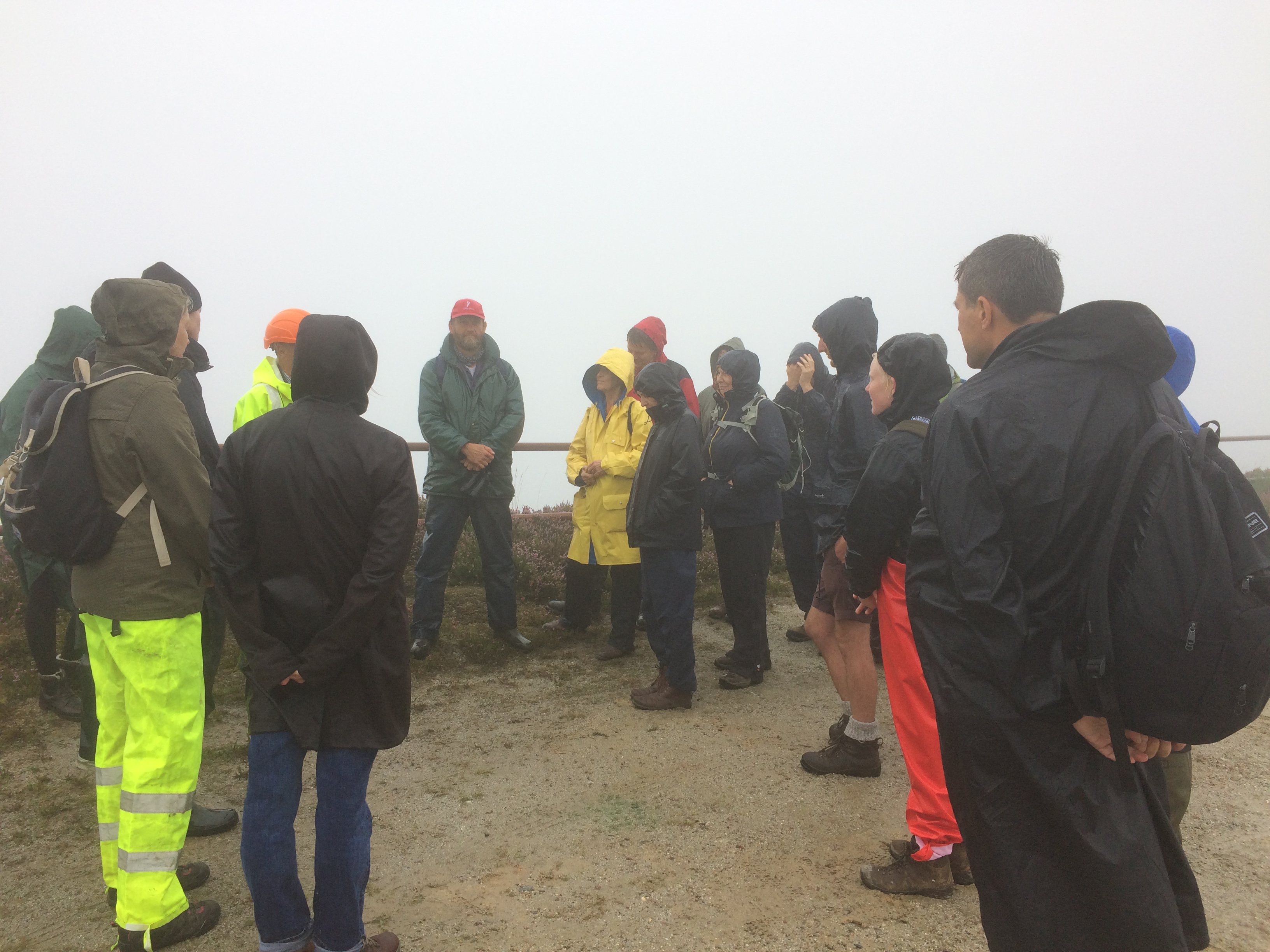
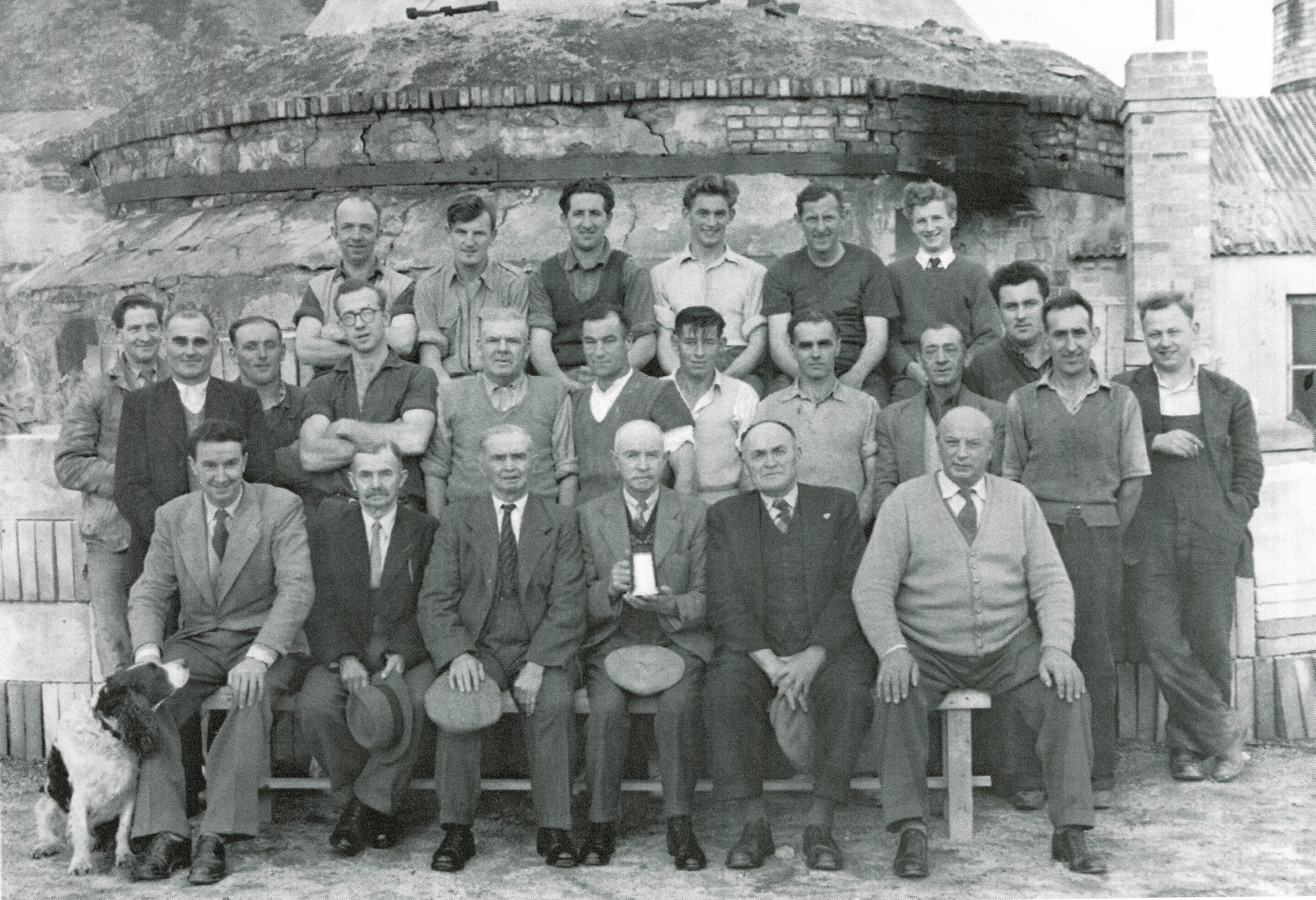





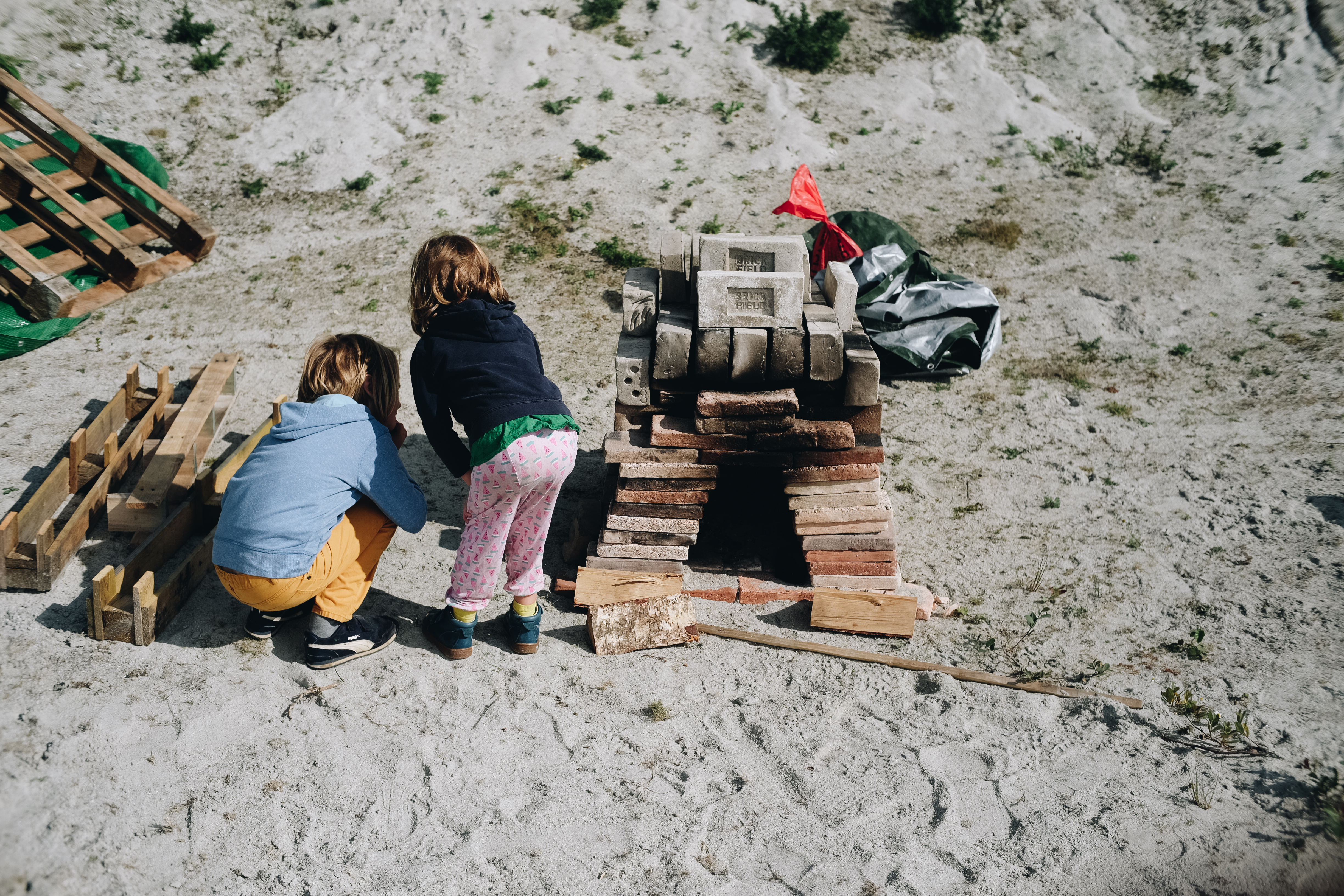




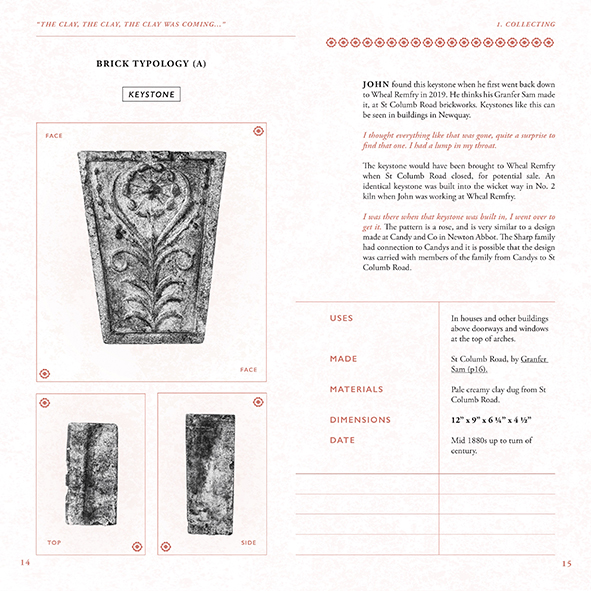

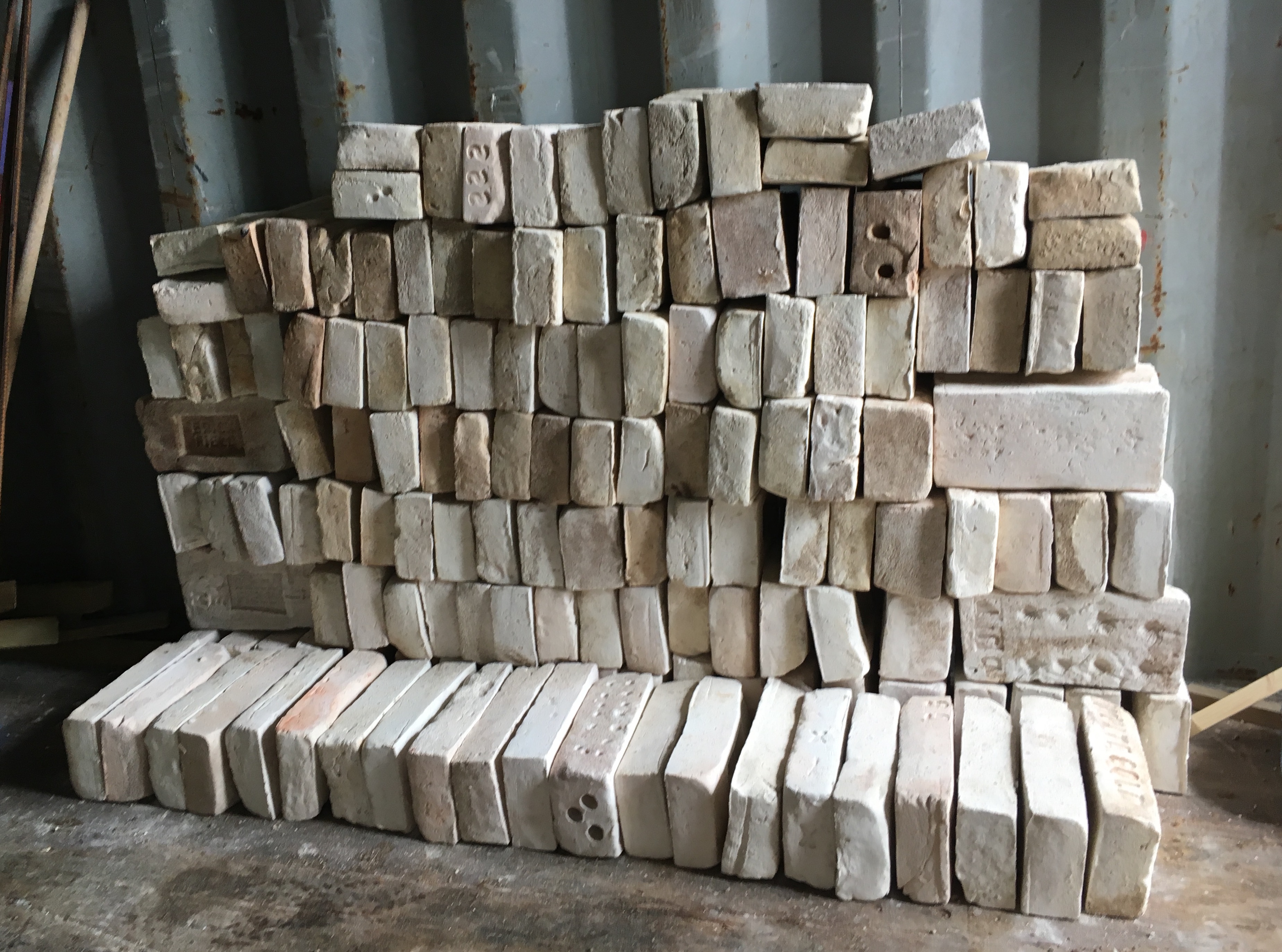
BRICKWORKS
2017 - 2020Brickworks was an open access ceramics studio set up to foster and promote creativity in clay. We ran taster sessions, short courses, masterclasses and socials for aspiring potters and professional artists. We provided free weekly sessions for students from any course at Falmouth University.
